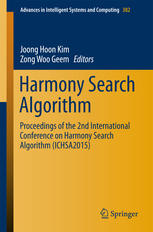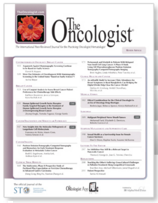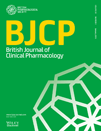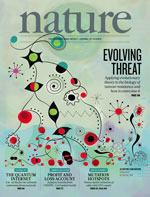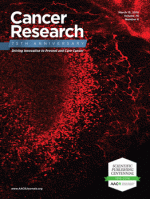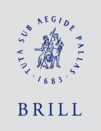 A researcher who studies how others communicate is struggling with his own communications: Peter J. Schulz has lost two book chapters for misappropriating the work of others, and is under investigation by his university.
A researcher who studies how others communicate is struggling with his own communications: Peter J. Schulz has lost two book chapters for misappropriating the work of others, and is under investigation by his university.
Although the publisher believes the errors were unintentional, the retractions have prompted it to stop selling the books altogether.
Schulz now has a total of three retractions and one erratum for failing to properly cite other works. The University of Lugano in Switzerland, where he is based, told us they’re investigating allegations of plagiarism against him.
Both of the chapters that were recently retracted appear in books published by Brill. The retraction notes say the same thing:
Continue reading Communications researcher loses two book chapters, investigated for plagiarism
